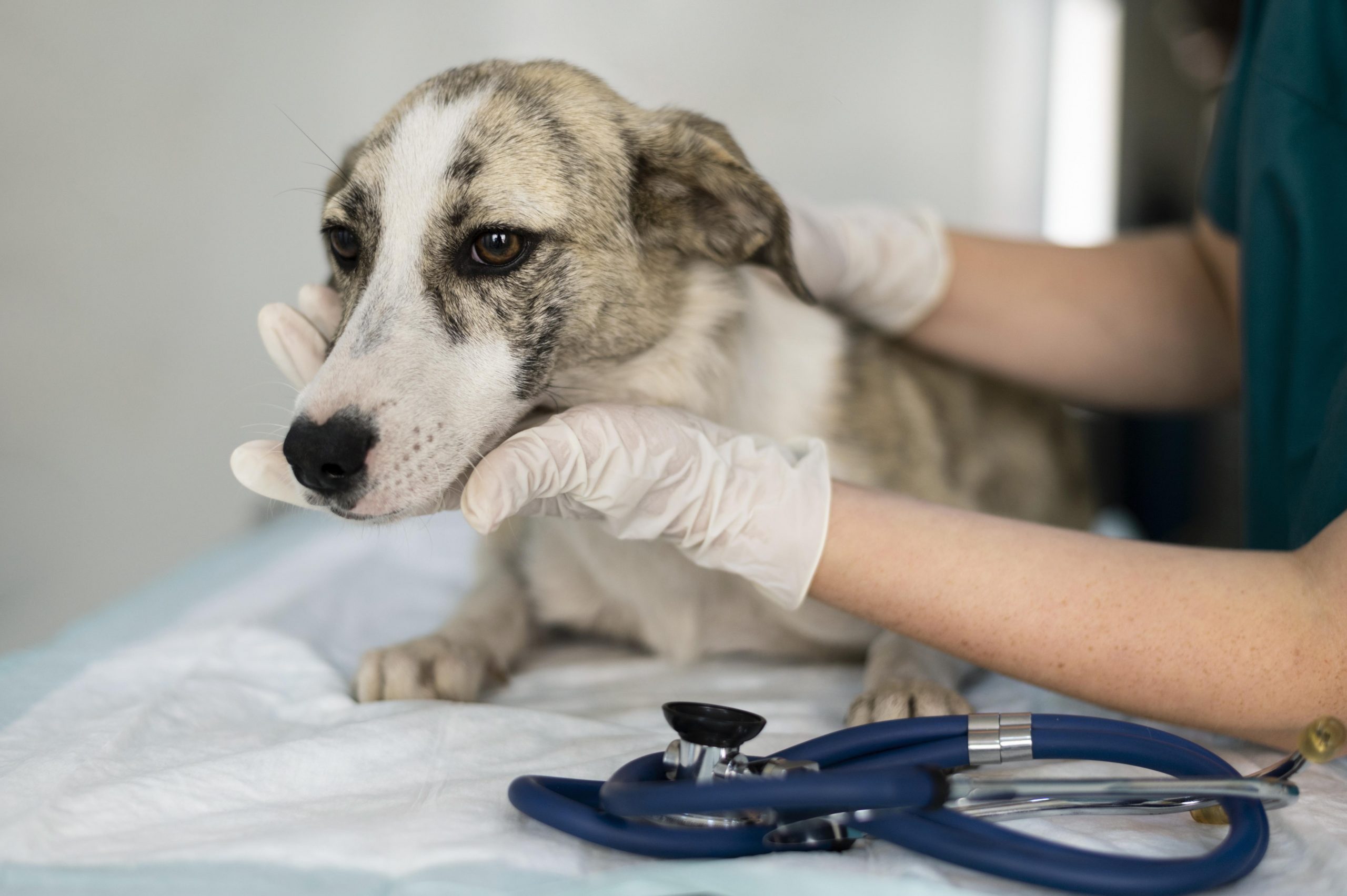

UC Davis’ pioneering work in comparative oncology continues with the establishment of the Canine Tumor Genome Atlas, the first genomic data bank of its kind outside of the National Cancer Institute. It could eventually hold hundreds of gene samples from companion canines suffering osteosarcomas, oral melanomas, and gliomas.
These three malignancies are strikingly similar to those found in humans, and tragically, they can be fatal in both species. Scientists use comparative oncology to uncover remedies that work in dogs in the expectation that comparable medications may work in humans. In fact, canine clinical studies to evaluate an immunotherapy drug for cancer are currently underway at UC Davis.
The UC Davis Comprehensive Cancer Center is creating an enormous genome database as part of its collaborative cancer study with the UC Davis School of Veterinary Medicine in order to map why particular canines are genetically prone to cancer. Researchers hope that by assisting in the discovery of cancer therapies for pets, the atlas may lead to comparable breakthroughs for people with cancer.
“These genomics studies will show how tumors mutate and what’s driving those mutations in the cancerous cells.”—John McPherson
The study endeavor is led by John McPherson, deputy director of the cancer center, and Christine Toedebusch, assistant professor of surgery and radiological sciences at the UC Davis veterinary school. It is supported by a $115,000 cancer center grant.
“These genomics studies will show how tumors mutate and what’s driving those mutations in the cancerous cells,” McPherson said.
The Canine Tumor Genome Atlas will house biological samples containing mutations and changes in tumor gene expression. After the genetic makeup of the tumors has been studied and sequenced, the atlas will allow researchers to mine the data.
“Think of it this way,” McPherson said. “A genome is like an encyclopedia set. Every volume of the encyclopedia is a chromosome and inside every volume are chapters and paragraphs. Sequencing is reading the words and letters of the genome. As a genomic researcher, I’m looking at misspelled words. These are changes that alter the function of proteins encoded by the genes.”
According to McPherson, this study strategy, known as oncogenetics, will use the atlas to find gene variants that stand out like sore fingers, and then track those patterns to see whether they can be matched to specific tumors.
“Our canine companions share genetic and environmental complexity with us and have an intact immune system, unlike laboratory mice,” Toedebusch said. “Many canine tumors progress similarly and share many features with human tumors. While laboratory mice are vital to initially understand and test mechanisms of cancer progression, they have repeatedly demonstrated limited success in therapeutic translation to human cancer patients. Naturally occurring canine cancer may serve as a bridge for therapeutic translation between rodents and humans.”
“Many canine tumors progress similarly and share many features with human tumors.”—Christine Toedebusch
Toedebusch, for example, stated that gliomas are lethal brain tumors in dogs and humans, with patients dying within a year to 18 months of diagnosis.
“It has been more than 20 years since a new therapy has been effective at extending this meager survival time in humans,” Toedebusch said. “Companion canines with glioma are becoming more readily acceptable as a translational model for human glioma, creating funding opportunities to study the canine disease and allowing for the possibilities of breakthroughs in treating canines and humans, alike.”
The Canine Tumor Genome Atlas will be shared with other cancer researchers around the country.
more recommended stories
 Poor Kidney Function and Alzheimer’s Biomarkers Explained
Poor Kidney Function and Alzheimer’s Biomarkers ExplainedPoor kidney function may influence levels.
 Walking Speed Before Hip Replacement Predicts Recovery
Walking Speed Before Hip Replacement Predicts RecoveryNew Evidence Points to a Simple,.
 Neuroblastoma Drug Combo Extends Survival in Models
Neuroblastoma Drug Combo Extends Survival in ModelsA Promising Shift in High-Risk Neuroblastoma.
 How Soybean Oil Impacts Weight Gain and Metabolism
How Soybean Oil Impacts Weight Gain and MetabolismWhy Soybean Oil May Affect Metabolism.
 Coffee and Cognitive Function: Evidence Review
Coffee and Cognitive Function: Evidence ReviewA new narrative review in Cureus.
 Colorectal Cancer Screening Rates Low in Adults 45–49
Colorectal Cancer Screening Rates Low in Adults 45–49Recent UCLA research reveals that colorectal.
 Gut Immune Cells and Long-Lasting Antiviral Protection.
Gut Immune Cells and Long-Lasting Antiviral Protection.Breakthrough Findings on How Gut Immune.
 Mild Pancreatic Duct Dilatation Signals Higher Cancer Risk
Mild Pancreatic Duct Dilatation Signals Higher Cancer RiskEarly Structural Changes Offer Critical Clues.
 How the Uterus Senses Force During Labor: New Insights
How the Uterus Senses Force During Labor: New InsightsA new study published in Science.
 Fat-Free Mass and Brain Outcomes in Preterm Babies
Fat-Free Mass and Brain Outcomes in Preterm BabiesEarly Fat-Free Mass May Hold the.

Leave a Comment